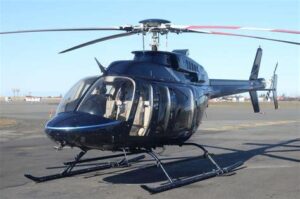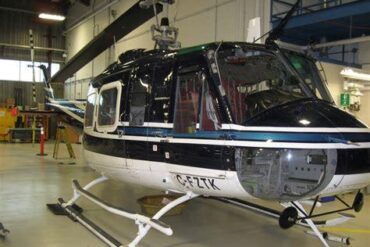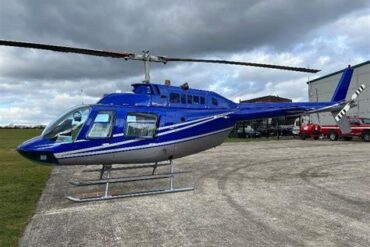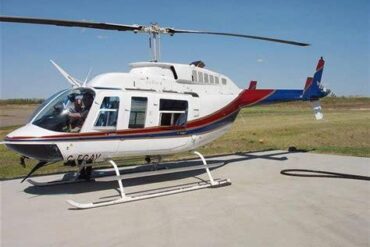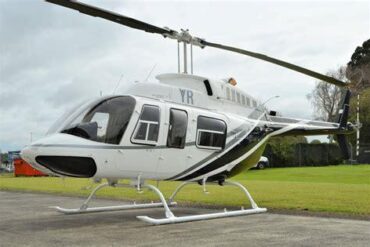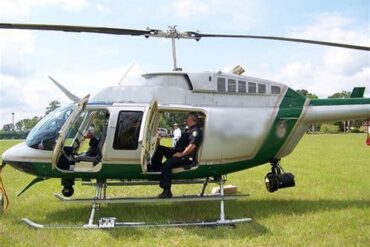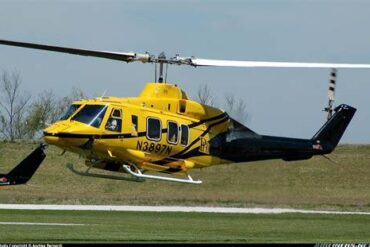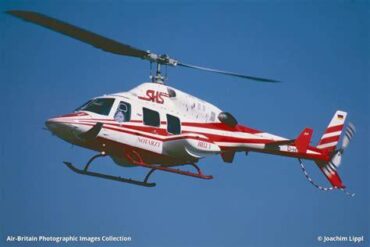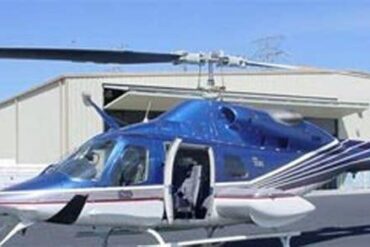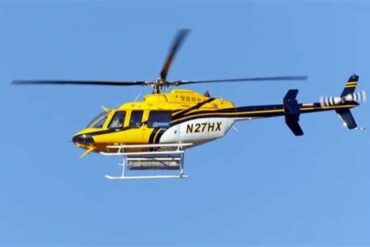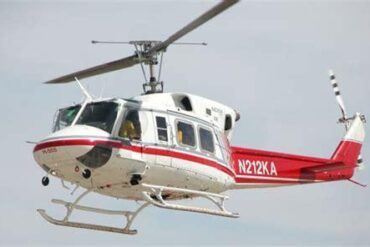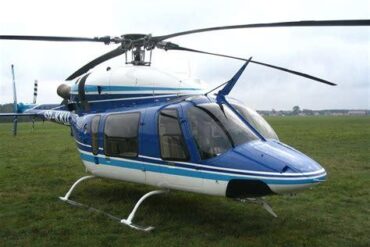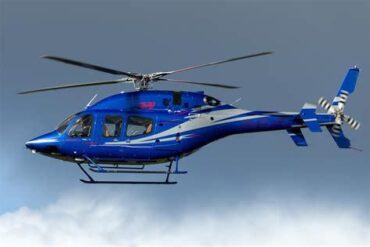The Bell 407GX is a highly regarded helicopter known for its versatility and performance in various operational environments. As prospective buyers and operators consider this aircraft, understanding its price and operating costs becomes essential. This article delves into the various aspects of acquiring and maintaining a Bell 407GX, providing detailed insights into its financial implications.
Overview of the Bell 407GX
The Bell 407GX is an evolution of the popular Bell 407 series, integrating advanced technology and design improvements that enhance its operational capabilities. It features a Turban Engine capable of producing up to 850 shp, a composite rotor system, and a fully integrated glass cockpit with the Bell 407GX’s advanced avionics suite. With seating for up to seven passengers and a spacious cabin, it is ideal for a variety of missions, including corporate transport, emergency medical services (EMS), law enforcement, and tourism.
Purchase Price of the Bell 407GX
The purchase price of a Bell 407GX can vary based on factors such as the aircraft’s condition, included equipment, and the current market. On average, the cost of a new Bell 407GX ranges from $3.5 million to $4 million. However, pre-owned models may be available at significantly lower prices, depending on their age and usage history.
Factors Influencing the Purchase Price
-
New vs. Used: New helicopters will typically command higher prices, but used models can offer excellent value.
-
Customization: Additional features and customization options, such as advanced avionics or luxury interiors, can increase the cost.
-
Market Demand: Economic factors and market demand can also influence pricing, with high demand driving up costs.
-
Operational History: The maintenance and operational history of a used helicopter play a crucial role in determining its value.
Financing Options
Many operators seek financing options to mitigate the upfront costs of purchasing a Bell 407GX. Several financial institutions specialize in aviation financing, offering tailored solutions for helicopter purchases. Typical financing options include:
-
Loans: Traditional loans can be structured with various terms, depending on the buyer’s creditworthiness and the helicopter’s value.
-
Leases: Leasing arrangements may offer lower initial costs and allow operators to utilize the aircraft without a full purchase.
-
Government Programs: Some government-backed programs may provide financing assistance for eligible buyers, particularly for medical or law enforcement missions.
Operating Costs Overview
Once a Bell 407GX is purchased, understanding its operating costs is crucial for budget planning. Operating costs encompass various elements, including maintenance, fuel, insurance, and crew expenses. On average, the operating cost for a Bell 407GX is estimated to be around $1,200 to $1,500 per flight hour.
Breakdown of Operating Costs
-
Fuel Costs:
-
The Bell 407GX is powered by the Rolls-Royce 250-C47B turbine engine, which consumes approximately 30 gallons per hour. With jet fuel prices averaging around $6 to $7 per gallon, fuel costs can range from $180 to $210 per hour.
-
Maintenance Costs:
-
Regular maintenance is essential for operational safety and efficiency. The scheduled maintenance costs can amount to around $150 to $300 per flight hour, depending on the specific services required.
-
Unscheduled maintenance, which includes repairs due to wear and tear, can lead to additional costs that should be factored into the overall budget.
-
Insurance:
-
The insurance cost for a Bell 407GX typically ranges from $20,000 to $40,000 per year, influenced by factors such as operational history and coverage options. This breaks down to about $2,000 to $3,500 per month, depending on the policy selected.
-
Crew Expenses:
-
Hiring qualified pilots and crew is another significant cost. The salary for a Bell 407GX pilot can range from $70,000 to $120,000 annually, depending on experience and qualifications. If more than one pilot is required for operations, this cost can increase substantially.
-
Hangar and Ground Handling:
-
Storing the helicopter in a hangar adds additional costs, which can range from $1,000 to $3,000 per month, depending on the location and facilities. Ground handling services may also incur extra fees, particularly at busy airports.
-
Miscellaneous Costs:
-
Other operating costs, including navigation fees, training for crew members, and regulatory compliance, should also be considered in the overall budget.
Cost Management Strategies
Effective management of operating costs is crucial for maintaining profitability and efficiency in helicopter operations. Here are some strategies to help manage costs effectively:
Implement a Scheduled Maintenance Program
Establishing a robust scheduled maintenance program can help prevent costly unscheduled repairs. Regular checks and servicing can ensure the helicopter remains in optimal condition, reducing the likelihood of emergencies and downtime.
Utilize Fuel Management Techniques
Fuel costs can be managed through effective flight planning and route optimization. By minimizing flight time and selecting fuel-efficient routes, operators can significantly reduce fuel consumption and costs.
Invest in Training
Investing in regular training for pilots and crew members can lead to improved operational efficiency. Well-trained personnel are better equipped to handle emergencies and make decisions that can optimize fuel usage and minimize wear and tear on the aircraft.
Consider Sharing Ownership
For operators who may not fly their Bell 407GX frequently, considering a shared ownership model can help mitigate costs. Co-ownership allows multiple parties to share the expenses associated with purchasing and operating the helicopter, making it a more financially viable option.
Resale Value of the Bell 407GX
Understanding the potential resale value of the Bell 407GX is essential for operators planning to upgrade or sell in the future. Several factors influence the resale value:
-
Maintenance History: A well-documented maintenance history can enhance resale value, as buyers prioritize reliability and safety.
-
Market Trends: The resale market fluctuates based on economic conditions and demand for helicopters, influencing potential selling prices.
-
Upgrades and Modifications: Adding features, such as advanced avionics or luxury interiors, can boost the helicopter’s appeal and resale value.
On average, a Bell 407GX retains approximately 50-70% of its value after five years, making it a relatively strong investment in the helicopter market.
Conclusion
In summary, the Bell 407GX is a powerful and versatile helicopter that comes with various financial considerations. The initial purchase price, combined with ongoing operating costs, requires careful planning and budgeting. By understanding the factors influencing both the purchase and operating costs, operators can make informed decisions that enhance their operational efficiency and profitability. Whether used for corporate transport, EMS, or other missions, the Bell 407GX remains a popular choice in the aviation industry.
